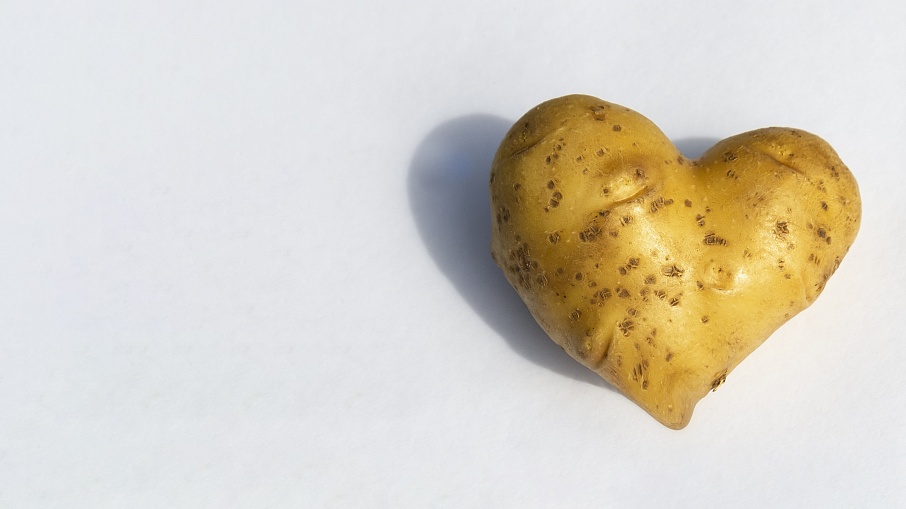Weight loss when storing potatoes
08.04.2022 | Potatoes
Weight loss (or shrinkage) can reduce profits by reducing the quantity and quality of marketable potatoes. Shrinkage is often simply tolerated, but minimizing weight loss should be a top priority in the storage process.
Many components of the storage environment affect shrinkage, but the most important is relative humidity. Active management of the relative humidity in the storage facility will maximize the tonnage and quality of the potatoes delivered to the end customer.
What is relative humidity?
The first step to reducing shrinkage is to understand the concept of relative humidity. In simple terms: relative humidity is the amount of moisture in the air at a given temperature relative to the maximum possible amount of moisture at the same temperature. RH depends on temperature, which means that warmer air may contain more moisture than cooler air. For example, more moisture must be added to the same volume of air at 9°C than at 7ºC to achieve the same relative humidity level.
As part of effective storage management, the relative humidity should be monitored regularly. Condensation in the potato storage room should be avoided. Water droplets on the ceiling or walls above your crop do not necessarily indicate that you have reached the desired relative humidity level for your storage unit.
Measuring relative humidity accurately is more complicated than simply measuring temperature. You can use a variety of portable sensors as well as sensors connected to a control panel.
Effect of Relative Humidity on Shrinkage
Stored potatoes lose weight by giving up water to the surrounding air (transpiration) and during respiration. Weight loss through respiration is much less than through transpiration water loss - it cannot be completely stopped, but can be slowed down by keeping the relative humidity as high as possible.
Current recommendations are to maintain a relative humidity of at least 90%, and preferably more than 95%, throughout the storage period. This only works if the crop is healthy, with low levels of disease presence.
Air ventilation with high relative humidity is especially important immediately after harvest and during drying. For example, studies show that when storing Shepody potatoes under warm conditions (average pulp temperature of 25°C) almost half of the total shrinkage occurred during the first week after harvest. The higher the relative humidity during storage, the less water is lost per unit time.
The figure below shows the amount of shrinkage that can be expected from potatoes stored at 7ºC and between 80 and 98% relative humidity. If we compare the weight loss over six months of storage at different relative humidity levels, potatoes stored at 90% relative humidity can lose 9% in weight, or almost twice as much as potatoes stored at 95% relative humidity.
An experiment was conducted in an American potato storage facility which found that for 100,000 pounds of storage capacity and a cost of $5.00 per pound, storage at 90% RH would yield $22,000 less profit than storage at 95% RH. The impact of maintaining proper relative humidity cannot be overstated.
Humidification in storage
Different types of equipment can be used to achieve the desired relative humidity in a storage facility: cooling panels, evaporators and high pressure nozzles. Regardless of which equipment is used, it is very important to check that it is in working order before putting in the crop. Clogged cell material or worn out turntables can severely limit the ability to supply enough water to maintain the desired relative humidity. In addition, relative humidity sensors should be checked annually and calibrated or replaced.
Monitoring the relative humidity of the storage chamber and actively working to achieve the highest possible relative humidity without excessive condensation should be the primary goal. It is clear from the example scenarios described that maintaining the desired relative humidity is critical to maximizing income from the stored crop.
Need vegetable storage equipment? Call +74952293903, email info@agrovent.com. Or contact our specialist via messenger using the form in the lower right corner of the screen.

